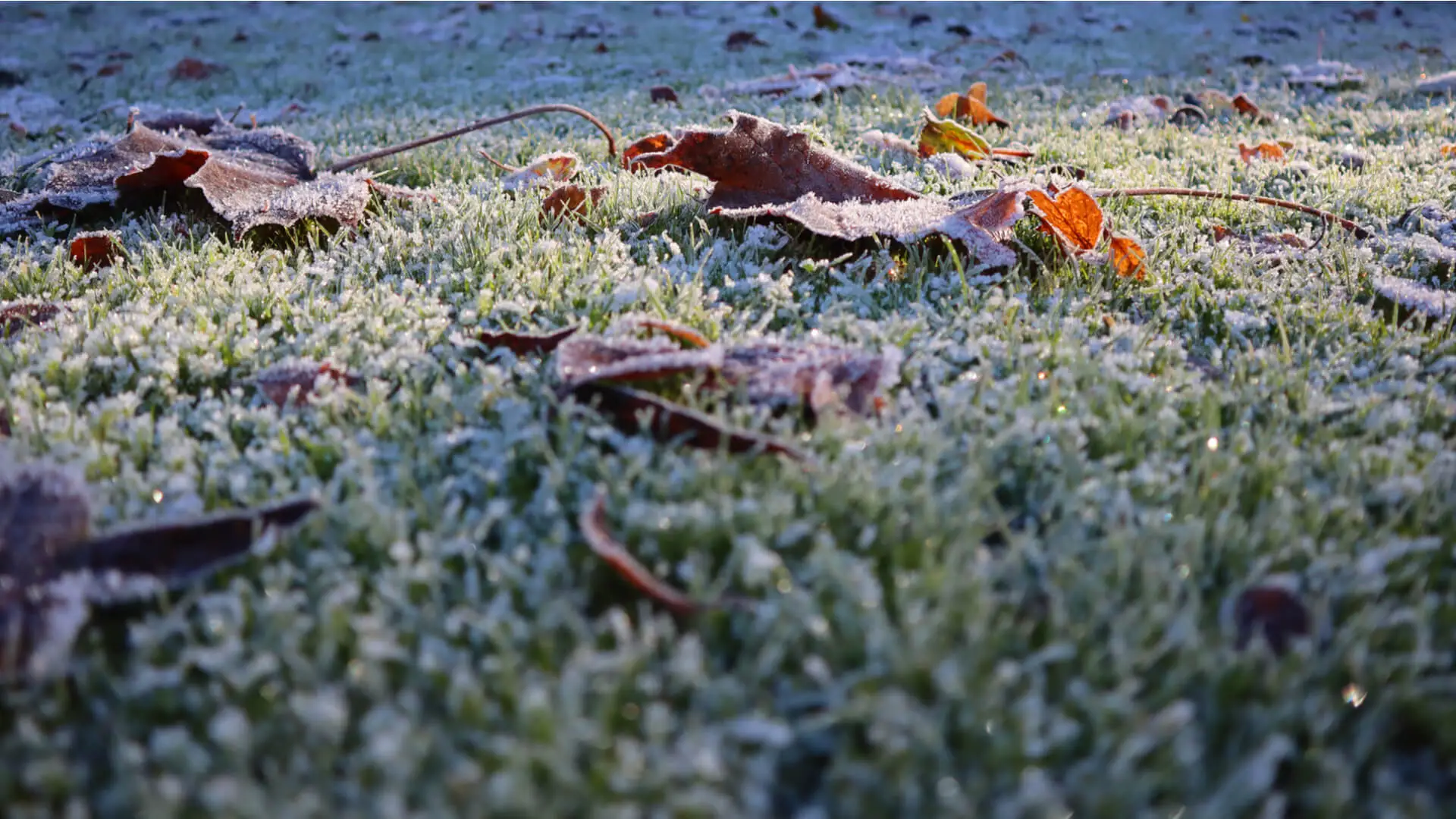Winter can be a season of delights, but it can also wreak havoc on your lawn and landscape and no one knows this best than our Plano lawn and landscape experts. Winter comes with holidays and celebrations, but also with cold, dry winds, severe ice storms, and massive snowfall. All these weather phenomena can completely ruin your landscape – unless, of course, you take our advice and leave the prevention to us. Here are ten common issues we will address with our maintenance techniques:
Frost cracks
In later winter and/or early on in spring, when the temperature drops below freezing point only to become unnaturally warm a few days later, it gets just as confusing for the trees and shrubs in your landscape as it does for you. Their bark can crack or split open, leaving the plant in question vulnerable to further damage through diseases.
Fallen twigs and branches
Twigs and branches are especially important to the wellbeing of your trees and shrubs, since they literally help them survive, be nourished, and stay healthy throughout the year. However, snow and ice storms in winter can kill them and cause the dead branches and twigs of your trees and shrubs fall off.
Freeze damage
Also late in the wintertime and early during spring, the weather will often warm up just enough to get the trees and shrubs to ‘believe’ the time has come for them to spring new leaves and buds. However, this often only lasts for a few weeks. Should such a warm-up be followed by massive frosty weather or sudden onslaughts of freeze, the cold will literally kill the buds and leaves, leaving the trees and shrubs in danger of permanent damage.
Leaf scorch
Cold, dry winds blow in winter and they bring about a phenomenon known as winter desiccation, which literally means your soil will become too dry to feed the grass, trees, shrubs and other plants on your lawn. Aside from that, desiccation can also scorch the leaves of your plants (especially those of broadleaf evergreens), causing something also referred to as winter burn injuries.
Leaf blight
As the soil dries up in persistently cold weather, trees will adapt by feeding themselves on the water stored in their leaves. In time, they should be able to replace that water – yet when this fails to happen, leaf blight occurs. Leaf blight refers to the root system’s inability to replace the water lost from the leaves in a timely manner.
Leaf scorch
Did you know how much damage the salt products used for de-icing by the municipality can cause your plants? If the salts used to remove the ice off roads and sidewalks end up on leaves, they can actually scorch them and damage them beyond the point where they are still salvageable. Buds and branches that are constantly sprayed by municipality trucks will accumulate salt build-ups which, in time, can cause leaf scorch.
Sunscald
Do you have any trees and shrubs on your property that face the south or the southwest? Make sure they are protected in winter, since they face the danger of being damaged by sunscald. Sunny days in winter might seem beneficial to your landscape, but, in fact they will ‘trick’ the trees into acting as if spring has arrived. Trees are particularly vulnerable in winter, since they are not protected by their leaves. Warm, sunny days followed by freezing nights will burn the exposed parts of the trunk and scald the bark in the process.
Root damage
Winter winds can cause the soil to dry up. Soil that has been frozen for a long time is also dangerous. Both pose the same threat for the root system of your plants – when the roots don’t get enough water to feed the rest of the plant, root damage occurs. Typically, the root system should grow deep and bring on water re-uptake. However, insufficient water that causes root damage will prevent the root system from properly developing.
Frost heave
As temperatures fluctuate from warm days to freezing nights in late wintertime and early spring, the soil will expand and contract, causing the plants’ root systems to be literally heaved from the soil. More sensitive plants can actually suffer permanent root damage during this time, as their root systems can become broken and their crowns are exposed to the harsh weather conditions. Frost heave is dangerous enough to kill even the sturdiest of plants.
Rodent pests
With little to no vegetation available for them to feed on in winter, rodents such as rabbits and voles will turn to your lawns and landscape looking for food. They are often spotted in winter foraging for food under the ground, or gnashing at the barks on shrubs and trees. They can burrow very deep underground to feed on plant crowns and roots if the snow layer is thick enough to prevent them from finding any source of nourishment above the ground.







